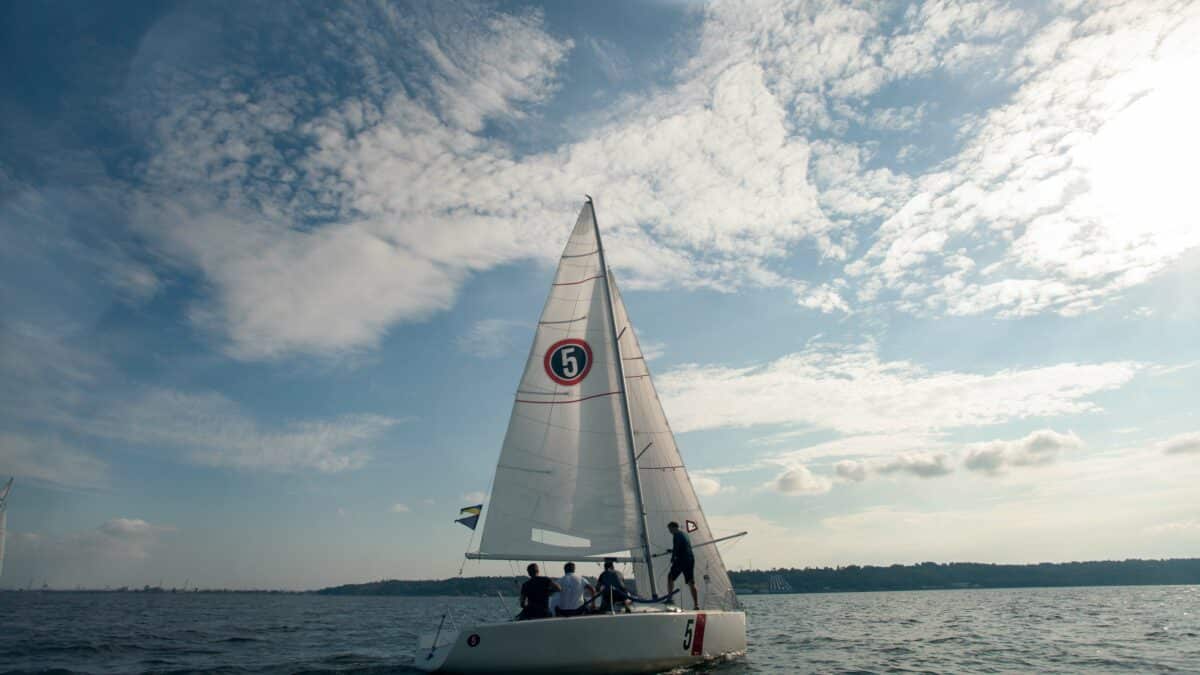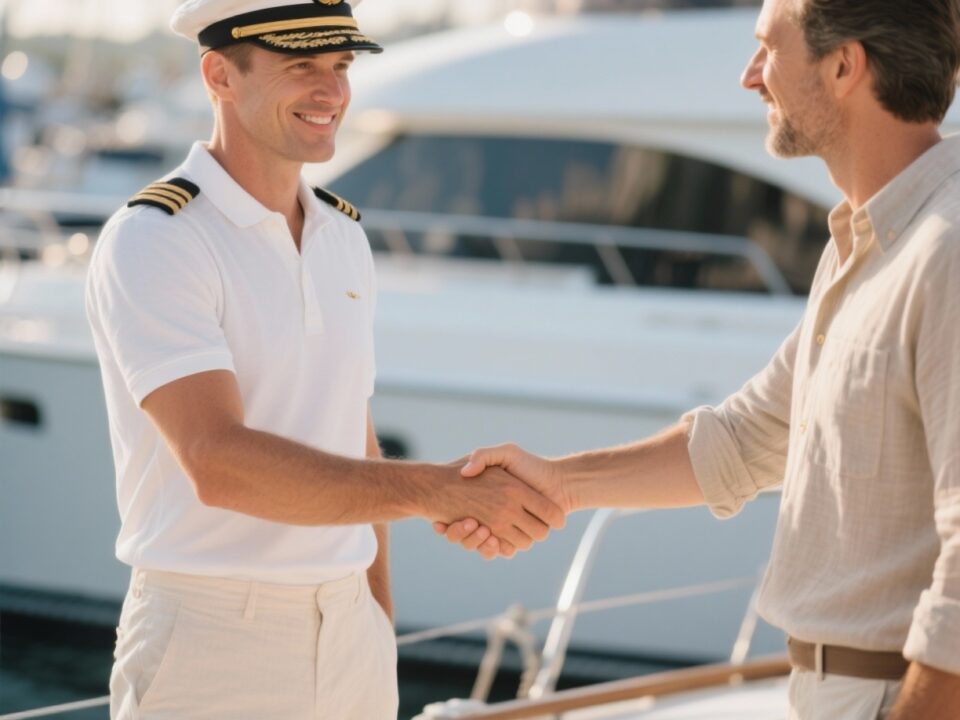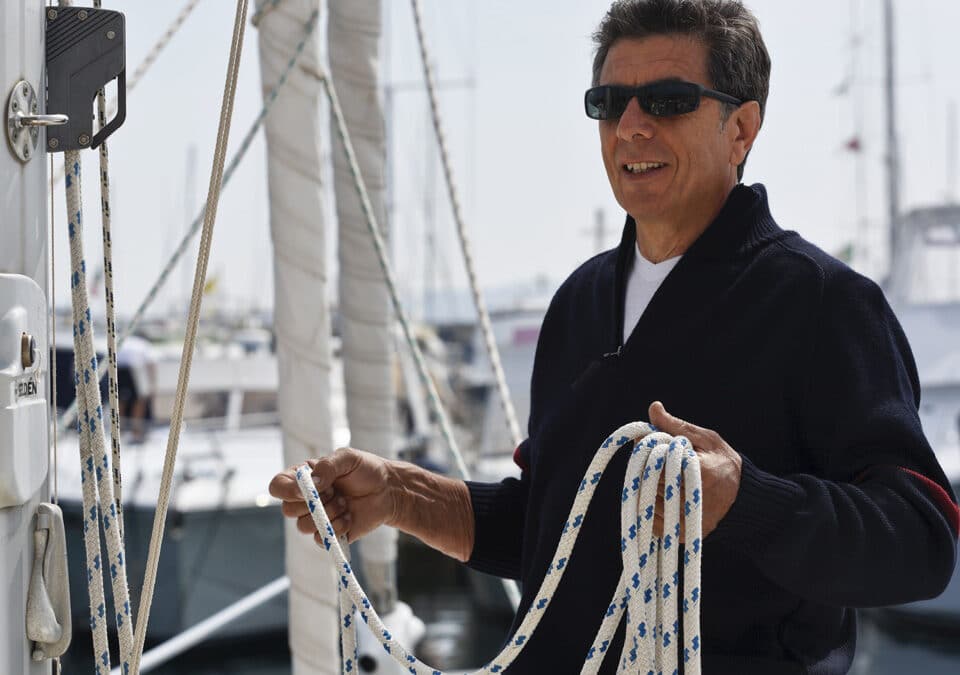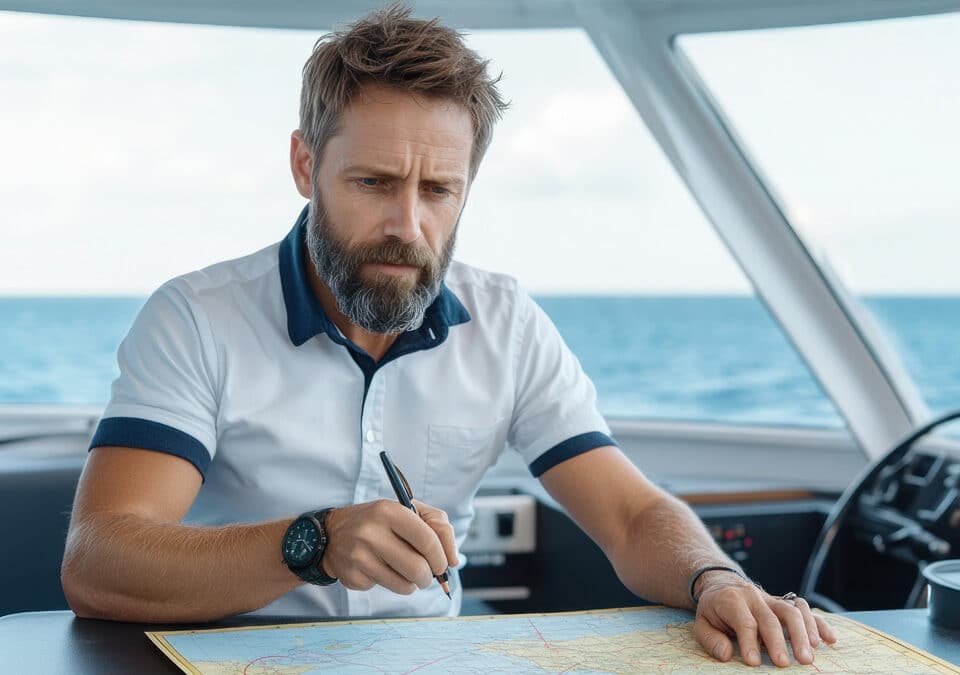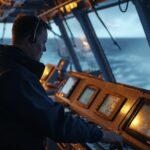
Five techniques for managing stress at sea
16 December 2024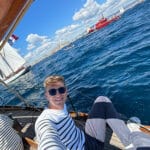
Matthias shares his experience of the Master 200 GT Captain training course
21 February 2025Climate change in the Mediterranean, for example, is modifying navigation and complicating itinerary management. The intensification of extreme phenomena (katabatic winds, heavy precipitation, unstable swells) requires professional skippers to adapt.
This analysis explains the climatic impacts and presents technological and methodological solutions to optimize navigation and ensure on-board safety.
Impact of climate change on the sailing of professional skippers
1. Evolution of marine meteorological knowledge
- Significant increase in the frequency and intensity of gusts, with violent winds becoming increasingly unpredictable and sudden, requiring greater anticipation of navigation strategies.
- Disruption of marine currents, altering optimal navigation routes.
- Significant increase in wave heights, requiring structural reinforcement of hulls and rigging.
Faced with these challenges, it is essential that skippers adapt and integrate new predictive and adaptive approaches to ensure safe and efficient navigation.
Adaptation strategies for professional skippers
1. Optimizing weather watch
- Using advanced climate models :
- WRF for fine simulation of atmospheric phenomena.
- NEMO for the analysis of ocean-atmosphere interactions.
- ECMWF for medium-range forecasts.
- Integration of platform forecasts Copernicus Marine Service, NOAA NCEI, Météo-France AROME to refine navigation trajectories.
2. Modernization of navigation equipment
- Adoption of advanced communication systems (AIS beacons, low-latency satellite transmissions).
- Use of a high-performance 5G and/or Starlink on-board telecommunications network.
3. Even better navigation preparation: itinerary adaptation
- Redefinition of navigation corridors according to the evolution of currents and identified areas of turbulence.
- Optimization of navigation windows using statistical forecasting models coupled with climate trends.
4. Weather watch at anchor
- Real-time monitoring of weather conditions to anticipate rapid changes and ensure safe anchorage.
- Use of short-range forecasting tools, such as Météo-France coastal bulletins and high-resolution models like AROME and ICON-EU.
- Installation of barometric sensors and connected anemometers to detect sudden changes in pressure and wind.
- Set up emergency procedures in the event of a sudden deterioration in conditions: prepare mooring lines, identify a plan B for rapid withdrawal.
5. Skipper training and skills enhancement
- Crew briefing, including a detailed update on the weather trend and a request for the skipper to monitor and report back.
- Crisis simulations incorporating extreme weather scenarios to perfect real-time decision-making capabilities.
If professional skippers are to adapt to climate change in the Mediterranean and elsewhere, they need to anticipate and develop their skills. Training provided by specialized organizations, such as The Yachter, is essential to mastering modeling tools and climate risk management.
Only rigorous and continuous preparation will guarantee the safety and resilience of the maritime sector.
